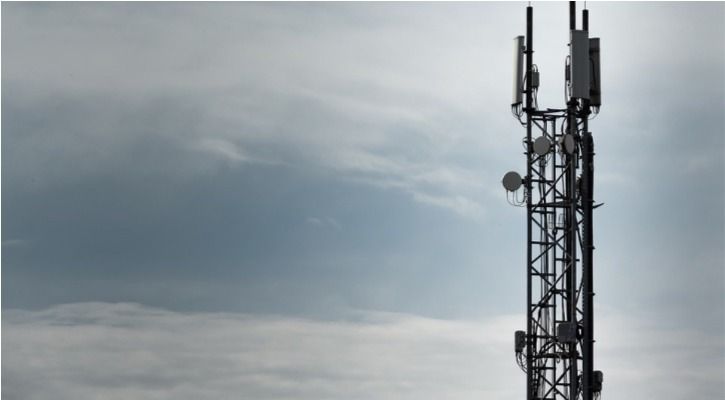The health consequences of the 5G radiation are being debated, but one study has suggested that there is a connection between radiofrequency radiation and cancer in male rats. This study was classified before it was taken off the list in 2012 by the Central Intelligence Agency, but it has proven that radiofrequency may trigger cancerous growth in animal, including humans. In the research, scientists subjected male animals to radiation for 15 days , and found that they developed the same kinds of cancers that humans do.
Health effects of radiation from 5G
Although the rapid growth of wireless communications have led to creation of 5G technologies, there are growing concerns regarding the health risks of 5G radiation. Although the higher frequencies do not affect the body as much as previous technologies, researchers have raised concerns about possible effects on the system and are calling for more research. To ensure that the population is protected and protected, it is the European Commission is requesting independent studies to determine if this technology poses any health risks.
It is important to note that there's a substantial amount of misinformation regarding 5G's health impacts, and it is essential to clear any misconceptions that persist. Although 5G isn't yet widely used however, there are plenty of people who are being told that it can cause health problems mostly through social networks where sensational words are used.
Beamforming technique
Beamforming is among the most crucial technologies used in 5G mobile networks. It is a method that uses multiple radiating elements to create a narrow beam. The purpose for beamforming is minimize the amount of unwanted radiation that is in the resultant signal. This technique is commonly employed in wireless communication systems and is vital to 5G's cost-effective coverage.
This method is based on electronic weighting of the individual signals from each antenna. This produces an extremely narrow beam of radiation that increases cell coverage indoors and at the edges of cells. This technique is important as poor coverage can result in lower user satisfaction. Apart from improving the signal, beamforming helps reduce the amount of interference a user encounters from other devices.
Power density
The power density of 5G electromagnetic radiation coming emanating from towers on cell phones will be comparable to the previous generation of 3G and 4G systems. One reason behind the low power is the sensitivity of electronic components. The maximum radiation output for the 2G handset was around 2 Watts. The output of a 4G handset was about 200 milliwatts.

The power density measures how much electromagnetic energy can be absorbed into the body from a specific distance. Power density for 5g radiation is usually measured in Watts per square meters. In contrast to the SAR measurement, it is an actual measurement of the amount of electromagnetic energy in an area. The parameters for power density can be different for mobile devices and wearables according to their operating frequencies and distance.
Specific absorption
The Specific Absorption Rate (SAR) can be described as a measure that determines the speed at which a specific frequency depositions power in human tissues. In generally, the SAR must not exceed 2 Watts per kilogram of body mass. The SAR value is calculated by the electrical field that exists within tissues and the mass density, which is measured in kilograms per cubic meters. It has recently been applied to the proposed antenna design.
The new radio technologies that form the network 5G operate in frequencies that are below 6 GHz. These frequencies are referred to by the name millimeter wave. However the FCC's SAR compliance protocol only applies to frequencies of up six GHz. Additionally the SAR test demands that measurements be conducted in phantoms containing tissues simulating media.
Skin health and its effects
At present, we have no information on the health effects of 5G radiation on the skin. Our knowledge of the subject is limited because of the lack of in-vivo experiments and theoretic models. There is however an urgent need for further studies on the effects of 5G radiofrequency radiation on the human skin. Using 5G radio frequencies can cause skin damage, especially to the epidermis, which is an extremely sensitive organ.
Unlike 4G, 5G radiation has a high frequency which has been proven to heat human body tissues. The human body is dipolar, and the higher frequency of radio waves from 5G can cause heat to the skin. Exposure to 5G radio frequencies may be detrimental to other organs of the body, like the brain.
